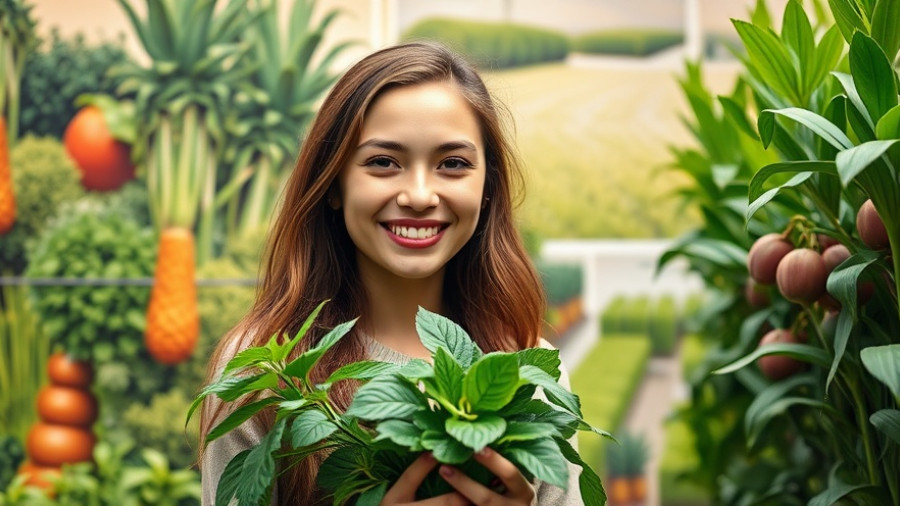
Understanding Post-Harvest Processing: Grading vs. Sorting
Imagine walking through a local market, surrounded by vibrant fruits and vegetables, all carefully displayed. What you might not see are the crucial steps that ensure the quality of those produce: sorting and grading. For families, parents, and farmers alike, understanding these processes is vital, especially when it comes to sustainable living.
In 'How Do Post-harvest Grading And Sorting Methods Differ?', the video explores critical steps involved in handling crops post-harvest, prompting us to delve deeper into their significance.
The Essentials of Sorting: First Steps to Quality Produce
Sorting is the initial step after crops are harvested. This process involves separating produce based on simple physical traits such as size, weight, shape, color, and any visible damage. For example, workers will remove rotten or broken fruits from a batch to maintain overall quality. Interestingly, sorting can be done either manually with dedicated hands inspecting each item or through machines using screens and sensors that quickly identify defects.
Grading: Defining Quality for Better Value
After sorting, the next phase is grading, which dives deeper into classifying the remaining produce. Grading examines more intricate factors such as shape, maturity, and color. Higher-grade items, often larger and perfectly shaped, are sold at premiums, reflecting their quality. This step not only ensures that consumers receive top-notch produce but also helps farmers secure fair prices for their hard work.
The Benefits of Effective Sorting and Grading
Effective sorting and grading have direct benefits for the sustainable practices of farmers. Small farms often depend on manual labor for these tasks, promoting community involvement and skill-building. Meanwhile, larger operations may utilize technology to maximize efficiency. Regardless of the scale, both processes help reduce waste, ensuring only the finest products reach the market and contribute to a healthier food ecosystem.
Embracing Sustainability Through Knowledge
Understanding how post-harvest processes like sorting and grading work can empower consumers to make more informed choices about sustainable living. By choosing high-quality produce, families not only support farmers but also promote healthier eating habits. So, the next time you pick up fruits or vegetables, remember the journey they've taken to reach your table.
 Add Row
Add Row  Add
Add 




Write A Comment